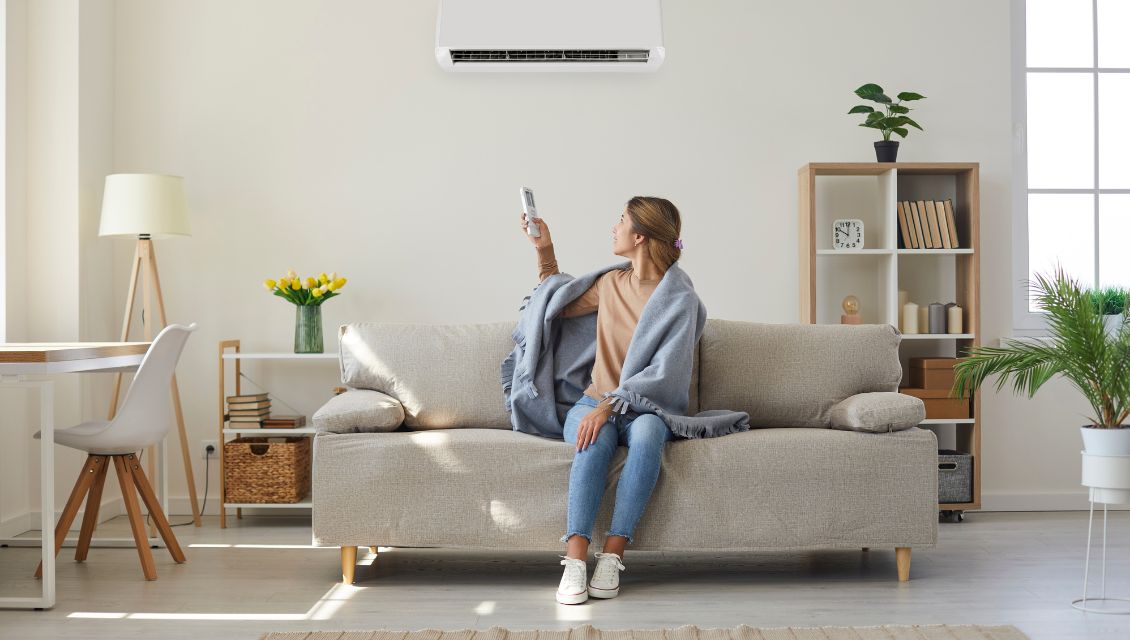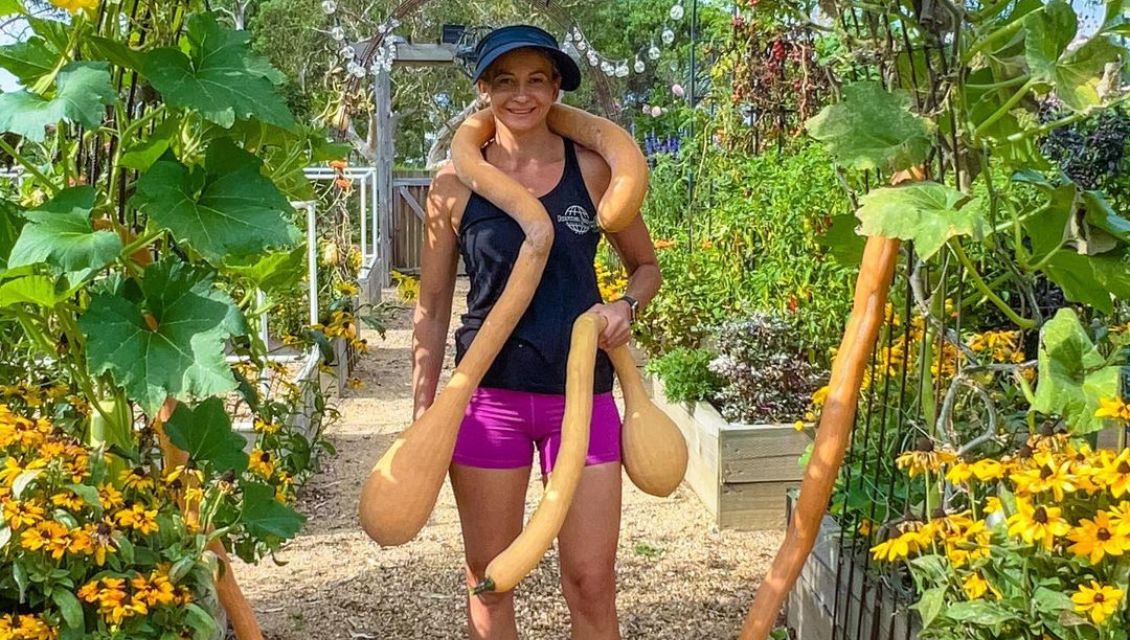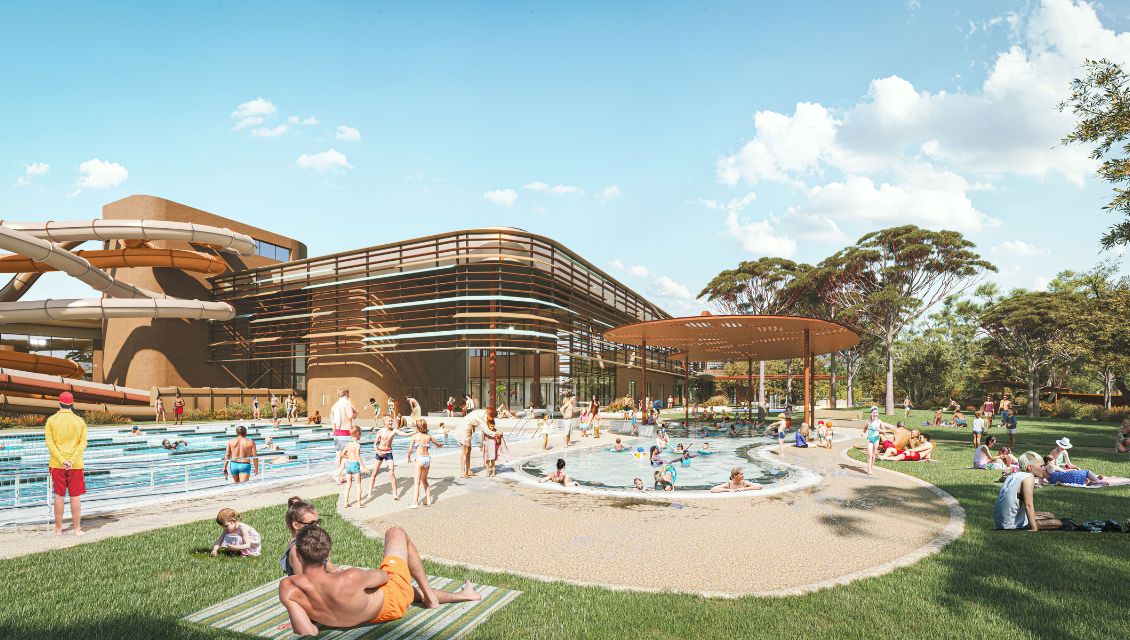
To help households with rising power costs, We Are.SA chatted with Steven Bye, Director Energy Programs and Services at the Department for Energy and Mining, who shares his advice on the most cost-effective ways to heat your home during winter.
Check the basics around your home:
Simple measures can make a big difference to the energy efficiency of appliances around your home, and how effectively you can control the temperature, Mr Bye says.
“One of the things we see in older-built homes is lack of insulation and lack of sealing around door frames, holes and gaps in walls, so even if you have an efficient air conditioning unit, the heat can just be pushed out these voids," he says.
There are winter heating and summer cooling guides available from the Department for Energy and Mining.
“You can check the guides to see approximately how much energy loss you have out of the building itself. There are some cheap things you can do like sealing up gaps around doors and windows.”
Although renters may not be able to make permanent changes, Mr Bye says there’s still plenty of ways they can improve their home's energy efficiency, including installing thicker curtains.
Conduct an audit of your home and appliances:
There are Home Energy Toolkits available in all metropolitan public libraries and most regional libraries around South Australia, so you can self-audit your home and appliances for energy efficiency.
The toolkit has a meter to check how much appliances cost to run, an infrared thermometer to measure if hot water systems are running at the correct temperature, and a thermometer to make sure fridges and freezers are running at optimum settings.
Mr Bye says the toolkit is easy to use and comes with a guide for making changes around your home following the audit.
"If you have the kit, you can plug the meter into your appliance and before the bill comes along, you can see how much energy it’s actually using, and how much it’s going to cost according to your tariff," he says.
He says the meters allows homeowners to experiment with different settings on appliances and see how much can be saved by lowering or increasing the temperature.
The toolkit, which was developed in South Australia by the Energy Advisory Service more than a decade ago, has since been adopted by other jurisdictions around Australia and even internationally by governments supporting people to understand their energy consumption.
Seek help or advice if you need it:
It can be overwhelming trying to understand how to make your home more energy efficient, but you can access free tailored advice to help you make decisions and know what you should change around your home.
“The Energy Advisory Service is available, it offers free, impartial energy advice on a range of topics, like help to save energy at home, how to understand your bills and meter,” Mr Bye says.
The Service is available Monday to Friday, 9am to 5pm. Phone: 8204 1888 or 1800 671 907 or email energyadvice@sa.gov.au
The Retailer Energy Productivity Scheme (REPS) offers eligible South Australian households and businesses free or discounted energy efficiency measures from participating retailers.
Typical activities include installing energy efficient lighting or water efficient shower heads. Check with the Essential Services Commission of South Australia to learn more.
Energy Made Easy is an online comparison tool from the Australian Government, which compares costs across different providers according to how much energy you use.
If you are having trouble managing the costs of your energy bills, there are a number of ways you can get help. Check if you are eligible for any SA Government concessions, payment options through your retailer, and hardship programs. More information is available at sa.gov.au.
Other tips to help keep energy costs low this winter include:
Let the sunshine into your home - Letting sunlight warm your tiled or concrete floor will store heat to help warm your home for free.
Only heat the areas you need - Divide your home into sections by closing doors to only heat the areas you’re using to reduce your heating costs.
Set your heater’s thermostat as low as you feel comfortable with - Between 18°C – 21°C is a suggested range. Every degree lower may reduce the running cost by up to 10 per cent.
Consider the running costs, not just the purchase costs - Heaters or air conditioners that are cheap to buy can often cost you more money over time. Look at the energy rating labels go for high star ratings.
Features such as timers and Wi-Fi controls can help - Being able to control when and for how long your run your heater can minimise your costs.
Check your billing plan - It’s worth knowing if you are charged a flat rate all day, or if your plan has cheaper or more expensive charges for time of use. Compare plans on the Australian Energy Regulator's comparison tool Energy Made Easy.




